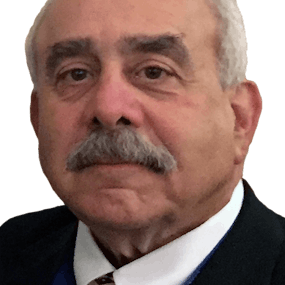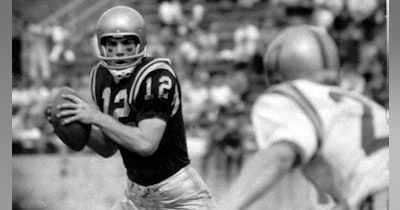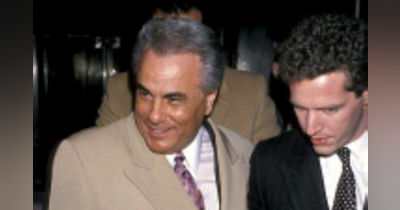Who calls the “Cops” when shootings occur?
The men and women of law enforcement often go above and beyond the call of duty and achieve the seemingly impossible.
One thing they can’t do is respond to emergencies that they are unaware of. If the emergency or crime doesn’t happen in their presence, police must rely on someone or something else to tell them when and where they are needed and what happened.
So just who calls the cops when shootings occur?
Two researchers, Jillian B. Carr and Jennifer L. Doleac, found that the underreporting of gun violence was a concern in the two cities they studied, Washington, DC, and Oakland, CA. They found that only 12% of gunfire incidents resulted in a 911 call to report gunshots.
In their 2016 report, published on www.Brookings.edu (see link below), they also point to the potential that gunfire detection technology can have in dealing with the problem of underreporting.
Because of the nature of sound and the ways in which it can travel, the identification of its source and “exact location” isn’t always easy for the human ear to discern.
Many cities across the U.S. and elsewhere are relying upon gunfire detection technologies to determine the “what” - and if a gunshot - call the police to respond timely and point them to the exact location.
Why are the “when-where-what’s” so critically important for the effective conduct of criminal shooting investigations – not only those involving physical injury and death - but the seemingly insignificant ones too?
I submit, that it’s because every crime gun holds a story. A key part of that story can be found in the fired evidence (e.g. bullets and cartridge cases) left behind at a crime scene.
This evidence, when collected, and processed through national ballistics data networks, like ATF’s National Integrated Ballistic Information Network (NIBIN), can help police connect crimes, guns, and suspects – across widely separated jurisdictions.
In so doing, evidence-led intelligence can be extracted to help police identify and stop armed criminals before they have a chance to re-offend and do more harm.
In order to best help police and prosecutors seek justice for the victims of gun-related violence, resolution for their loved ones, and peace for their neighbors this must be done – every shooting – every time.
It all starts with someone or something calling the cops.




